Instead of planting the usual ornamental shrubs such as junipers, yews, lilacs, and spireas – the same plants that grow around every boring house in town – grow useful shrubs that will feed you!
Replace your junipers with adorable wintergreens. Take out those dusty old yew bushes and replace them with serviceberry shrubs or rugosa roses. Get rid of … actually, go ahead and keep that lilac bush, but add a little serviceberry tree nearby for spring flowers and summer fruits.
Here are 7 of the most popular shrubs for your edible garden. Get to growing!
Jump to:
Three Favorite Edible Shrubs for Hotter Climates
1. Jujube
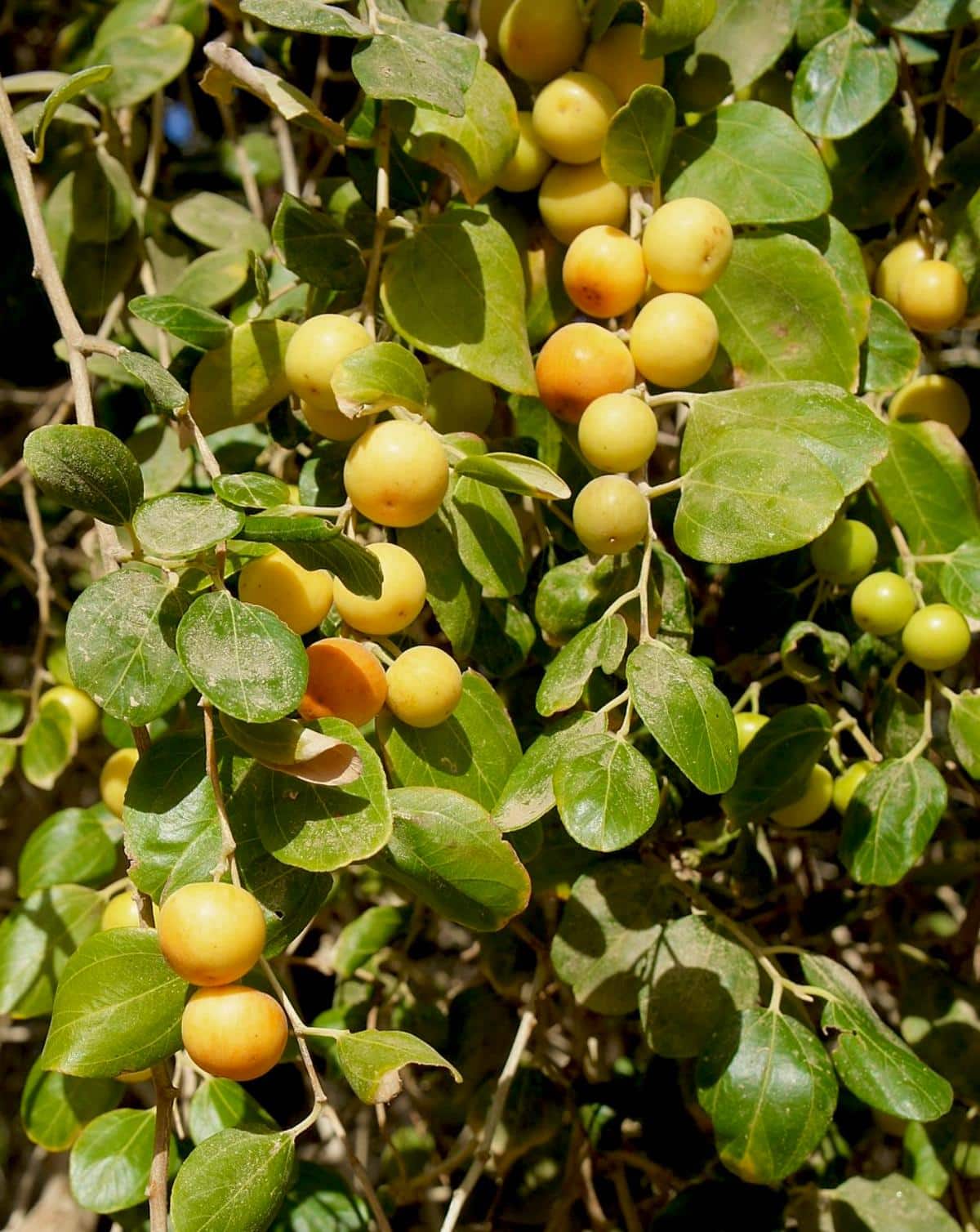
| Scientific name: | Ziziphus jujube |
| Common names: | Chinese date, red date, dounce, masau |
| Form: | Tree |
| Size: | 5 to 7 feet (shrub) or 40 feet (tree) |
| Sun or shade: | Full sun |
| Hardiness: | Zone 6 to 9 |
Jujube trees (Ziziphus jujube) grow about 15 feet tall into tidy trees with glossy leaves. The little yellow flowers smell like grape soda, and they bear large brownish fruits in fall that can be eaten fresh or dried. Jujubes are sometimes candied in Asian cuisine.
They’re also tough little plants. Jujube seedlings send down a long taproot, so they’re very good for dry areas.
Prune the jujube plants back in order to make it easier to harvest the fruits. The best time for this is during the dry season (in the United States, in the early winter) after the fruit is harvested, but well before they flower.
Jujubes will sucker freely from the roots and form thorny thickets that are great for wildlife, though not so great for humans.
Good jujube varieties include Li, Shanxi Li, Lang, Thornless, and Tarjan.
Read more about edible gardening.
2. Pineapple Guava
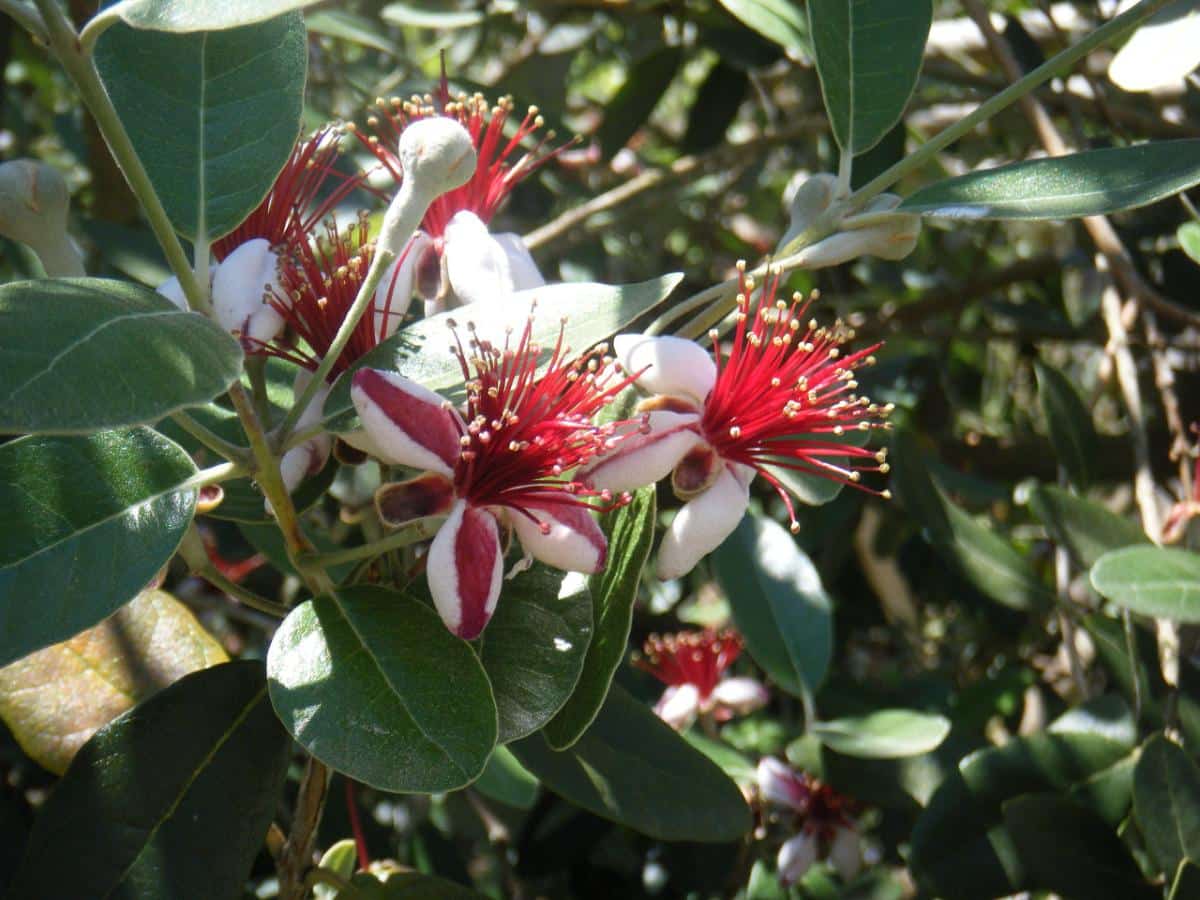
| Scientific name: | Feijoa sellowiana or Acca sellowiana |
| Common names: | Feijoa, goiabeira-serrana, guavasteen, fig guava, Brazilian guava |
| Form: | Evergreen shrub or small tree |
| Size: | 3 to 25 feet tall |
| Sun or shade: | Full sun, part shade in hotter climates |
| Hardiness: | Zone 8 to 11 |
Pineapple guavas are not true guavas (Psidium spp.). These add silvery leaves and dramatic blossoms to the edible landscape. The flower petals are edible! Crisp and spicy-sweet pineapple guava petals can be added to pies, ice cream, and salads or enjoyed straight off the tree.
But their sweetly scented fruits are their secret superpower. Pineapple guava fruits are the size of a chicken egg and green when ripe, so they’re often thrown out with yard waste. Don’t make that mistake!
Look for guavas in late fall, around Halloween. Give the tree a little jostle so the ripe fruits fall. Pick larger fruits with a slight give. They’ll smell sweet and flowery, and the creamy white flesh tastes like strawberries and pineapple. (A little brown on the inside is okay.) Kids will roll the fruits in their hands until they feel squishy, then slurp out the insides. The rind is bitter – so skip that part!
Some older pineapple guava varieties bears only flowers but no fruits. If this seems to be a problem, try hand-pollinating them. Pluck one of the showy flowers and rub it on the other blossoms; repeat with a different blossom. They will need 50 hours of winter chilling in order to bear fruit.
In the northern edge of its range, fruits might not ripen before the first hard freeze. In this case, choose early-bearing varieties like Coolidge, Nikita, and Arhart.
In hot climates, grow pineapple guavas where they get a little shade and give them extra water. Brazilian scientists found that shade and cooler temperatures improve the fragrance and taste of the fruits.
Look for newer guava cultivars such as Takaka, Apollo, and Anatoki. Mammoth bears huge fruits.
3. Dwarf Mango
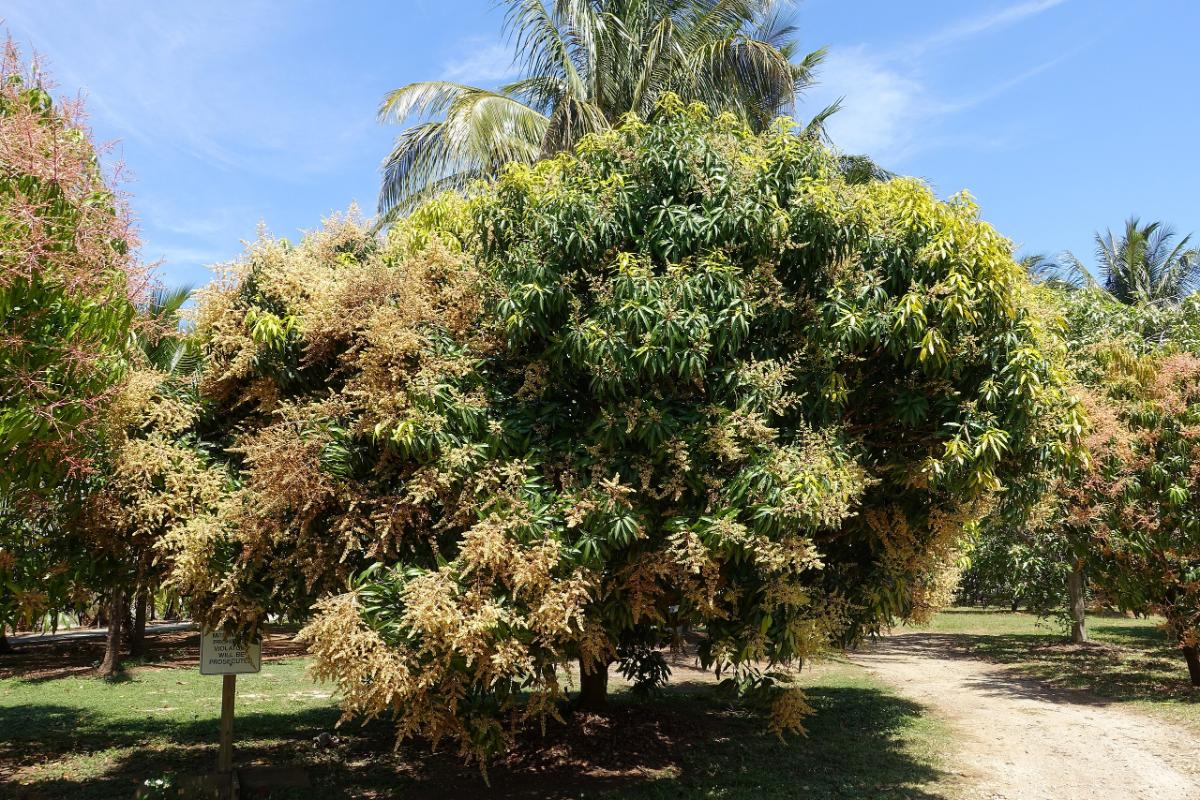
| Scientific name: | Mangifera indica |
| Common names: | Aam, mempelam, pauh, mangga |
| Form: | Umbrella-shaped tree |
| Size: | 10 to 30’ tall for dwarf mangoes |
| Sun or shade: | Full sun |
| Hardiness: | Zone 9 to 11 |
Mango trees are related to sumacs (and cashews!), and they are a tropical tree. Mango trees are very lovely, with dark-green, straplike leaves and fragrant flowers. These are an excellent tree for edible landscaping, but northerners are out of luck because it cannot tolerate temperatures under 30 degrees.
If you want to grow dwarf mangoes for their fruit, choose a cultivar that stays bushy and compact.
- Little Gem is a prolific bearer with small seeds and very little fiber so you get more mango in each fruit.
- Julie and Dwarf Hawaiian/Tete Nene are two true dwarf trees that grow about 10 feet tall, though now and then you’ll get an outlier that hits 30 feet.
- Carrie, Graham, and Cogshall are good small mangoes, though these might need to be topworked to keep them compact.
- Many growers recommend Dwarf Pickering for amazingly delicious mangoes and great disease resistance.
- For proper Indian mangoes, choose Amrapali and Jehangir. Imam Pasand and Sonpari are fast, vertical growers. These all bear mangoes that taste so good with sweet, sticky rice.

A full-sized mango tree will grow big enough to eat your house. Fresh mangoes off the tree are gifts from heaven, make no mistake. But it’s not as much fun when heaven hurls delicious, ripe mangoes down at you from 40 feet up.
A dwarf mango or a mango grown on dwarf rootstock will allow you to enjoy ripe mangos without getting a concussion.
Read more gardening advice from Rosefiend Cordell.
Two Acid-Loving Plants for Northern Edible Gardens
4. Lingonberry
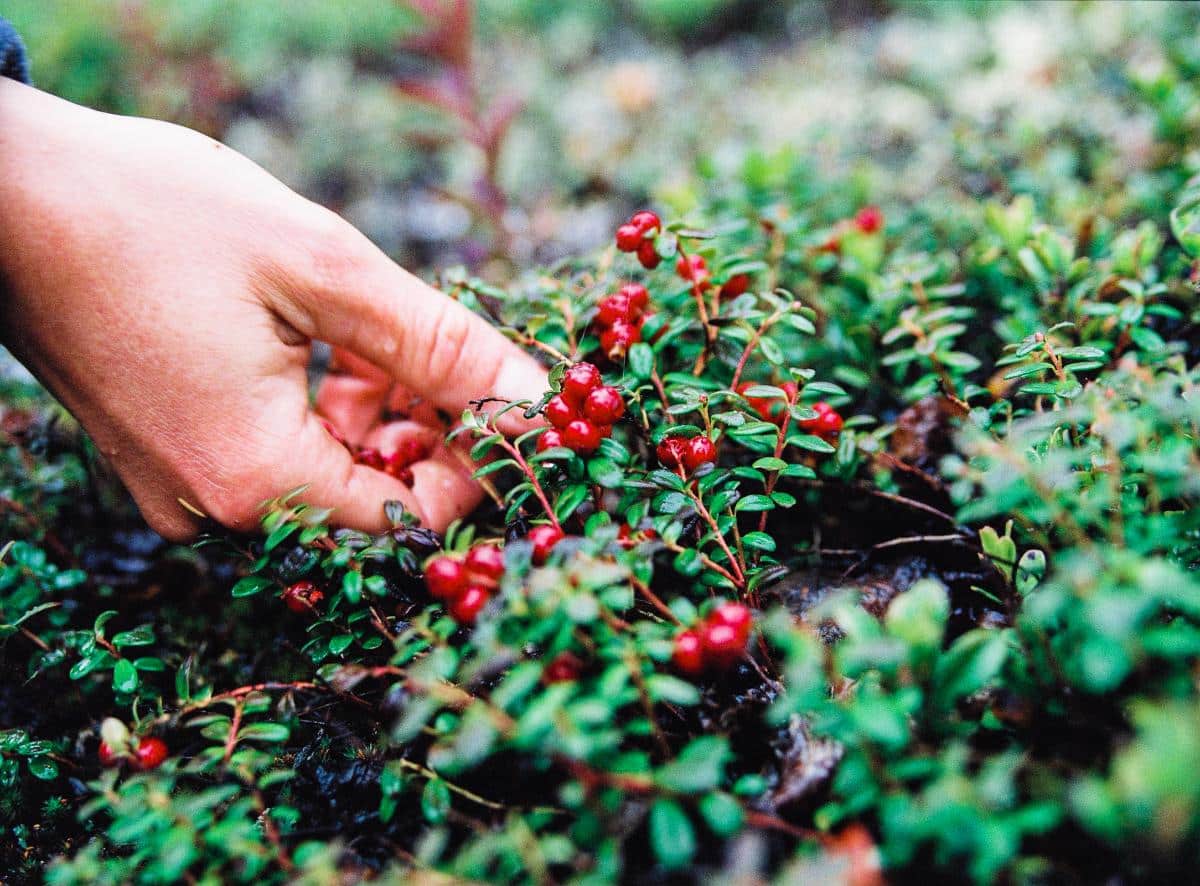
| Scientific name: | Vaccinium vitis-idaea |
| Common names: | Partridgeberry, mountain cranberry, cowberry |
| Form: | Groundcover |
| Size: | 6 to 12 inches tall |
| Sun or shade: | Full sun |
| Hardiness: | Zones 2 to 5 |
Lingonberries are cousins to the blueberry (both are in the Ericaceae family), preferring cold conditions and acidic soil. They’re grown in the north, can survive temperatures of -50 degrees F, and require 800 chill hours to successfully bear fruit.
People as far south as Arkansas and Texas, and gardeners in northern Arizona and New Mexico, should be able to grow lignonberries, if they keep them in the shade. The plants won’t bear fruit if the weather is too hot. They also require acidic soil with a pH of 4 or 5.
Lingonberries make a lovely dark-green groundcover that hugs the ground. Their white, bell-like flowers grow with a touch of pink. They bear bright red berries in fall that are like red blueberries.
Some varieties will bear two crops of berries, one in mid-summer, then again in the late fall. Let them stay on the plant until after freezes to get rid of the bitterness. Or pick the berries and store them in the freezer for a while, and then enjoy them. It’s a dandy little plant, and northern gardeners will enjoy its quiet beauty.
Lingonberries can be grown as a ground cover underneath the blueberries since they also like acidic soil.
5. Wintergreen
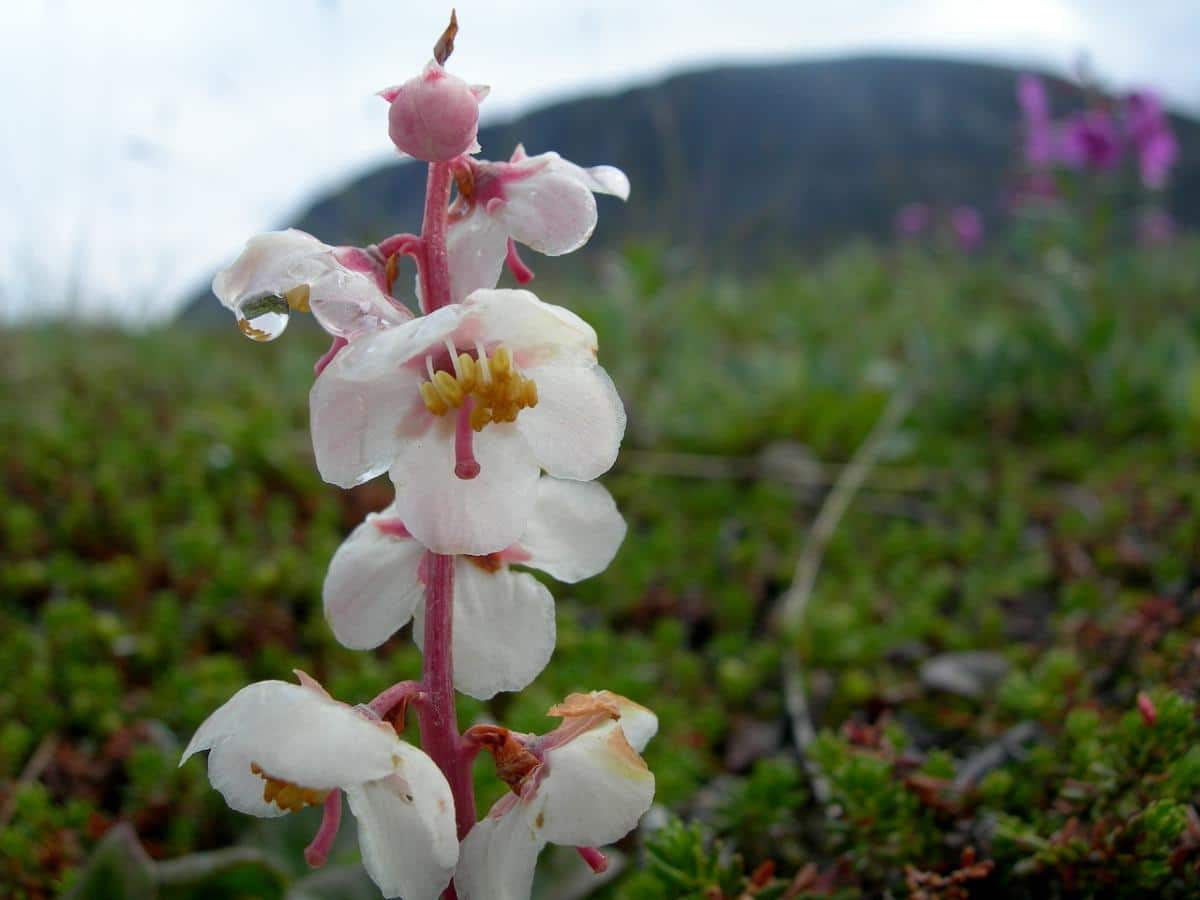
| Scientific name: | Gaultheria procumbens |
| Common names: | Eastern teaberry, checkerberry, boxberry |
| Form: | Groundcover |
| Size: | 2 to 8 inches tall |
| Sun or shade: | Shade to the dappled sun, prefers open areas where the sun can touch it through the leaves. |
| Hardiness: | Zones 3 to 7 |
Wintergreen isn’t generally considered a pie berry; think of it as a breath mint in the wild. The cheerful red berries persist through winter and are at their best after the first hard frost, with less bitterness after frosts and a strong minty taste.
At their best, you’ll certainly notice its distinctive aroma that chewing gum and salve have capitalized on.
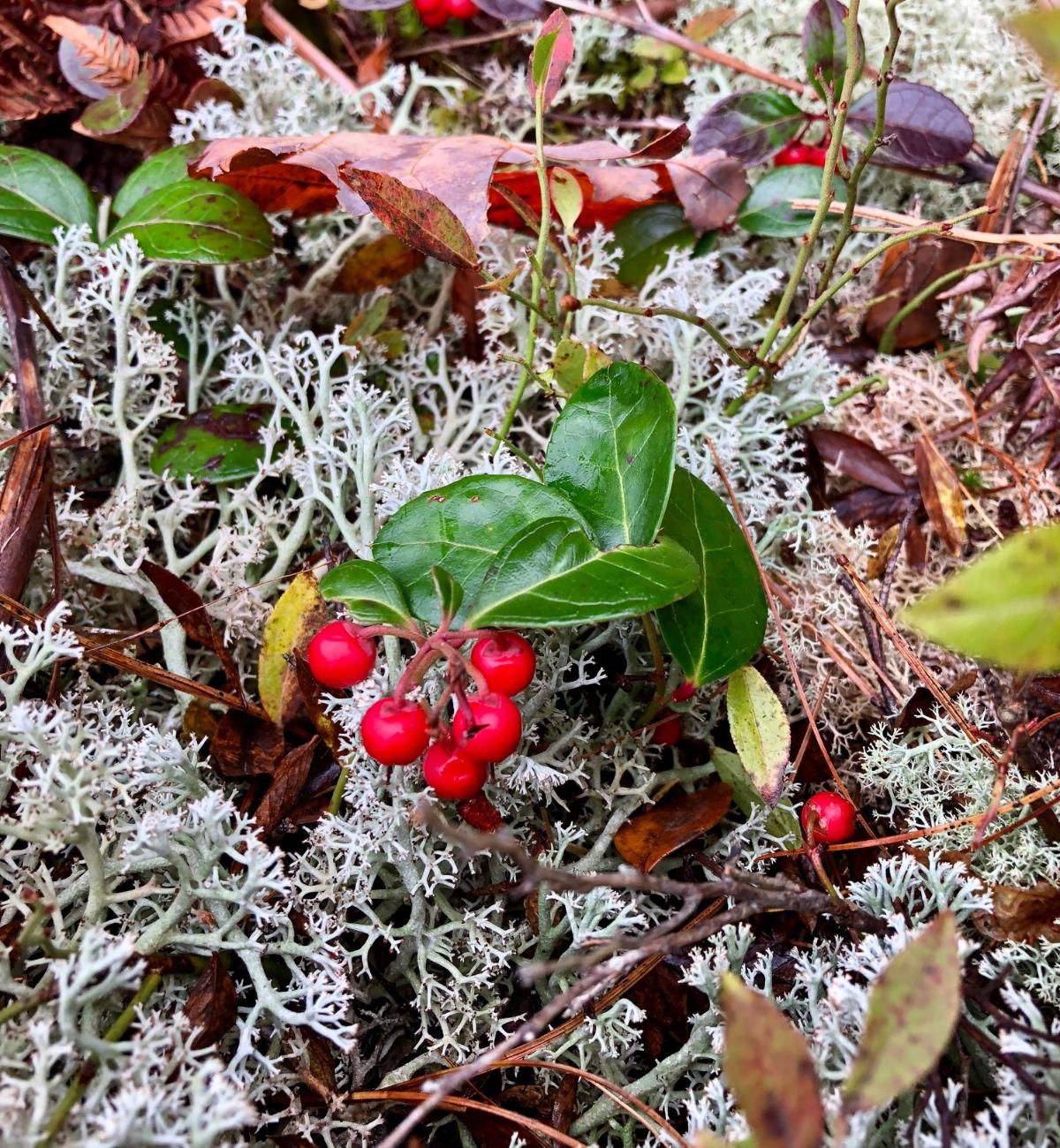
The rest of the year, wintergreen is a low-growing groundcover with glossy, evergreen leaves. Summer brings its small white, bell-shaped flowers.
Wintergreen is also a member of the Ericaceae family and, therefore, needs acidic soil to prosper as other members of this family do (blueberries, heather, cranberries, etc.). In places with neutral or alkaline soil, consider growing them in pots of acidic potting material.
If you use hard water on your plants, add fresh acidic material every spring because the minerals in hard water will reduce soil acidity over time.
Use wintergreen as a groundcover underneath azaleas or rhododendrons, which also love acidic soil. Or pair wintergreen with ferns and heather for a lovely look.
Two Edible Beauties for Temperate Landscapes
6. Serviceberries

| Scientific name: | Amelanchier spp. |
| Common names: | Juneberry, Saskatoon, Shadblow, Shadbush, Chuckley Pear, Snowy Mespilus, Sugarplum |
| Form: | Shrub or small tree |
| Size: | 8’ to 25’, depending on species/variety |
| Sun or shade: | Full sun |
| Hardiness: | Zones 3 to 9 |
Grown as shrubs or trees, serviceberries work as true four-season plants in your edible landscape.
- Spring: Serviceberries bear frothy white flowers in spring.
- Summer: Their fruits look like red and purple blueberries, though they have a few small seeds. Harvest the sweet berries when they’re a dark purple-blue. They’re packed with nutrients, antioxidants, vitamin C, fiber, iron, and protein.
- Fall: Serviceberries turn a gorgeous golden yellow, red, or orange.
- Winter: Their graceful gray limbs add to the winter landscape. Birds will finish off any berries that linger on their branches. Set a heated birdbath nearby, along with other winter berry shrubs and evergreens nearby.
Serviceberry cultivars bear larger, sweeter berries than the species. Not everybody is crazy about serviceberries, but the birds will be happy to take care of those berries!
- Smokey features white blossoms, blueberries, and yellow fall colors. These grow about 10 to 25 feet tall and are great ornamental shrubs. Their berries are considered to be some of the best-tasting among the serviceberries.
- Princess Diana has lovely white blossoms. The fruit tastes like a delicious blueberry, and these serviceberries have an intense orange-red fall color.
- For edible landscapes with limited space, Regent grows only 4 to 6 feet tall, bears extra sweet fruit, is hardy to zone 2, and turns golden in fall.
- Autumn Brilliance was grown at Mount Vernon in George Washington’s day. This classic tree provides a spectacular show in the fall.
- Northline is a shrub that grows 6 to 7 feet tall. It’s an early, prolific cultivar with large, tasty berries.
Read more from Rosefiend Cordell, horticulturist
7. Rugosa Rose
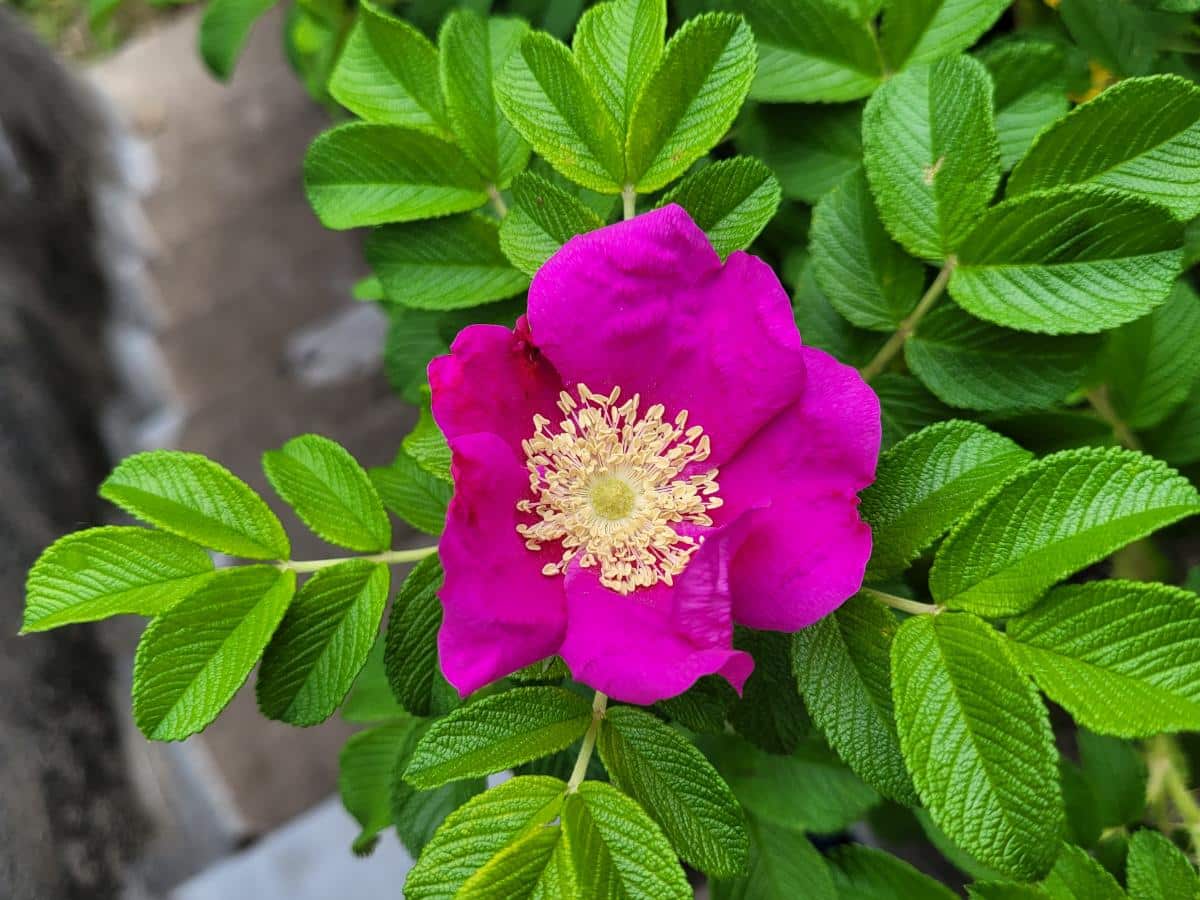
| Scientific name: | Rosa rugosa |
| Common names: | Beach rose, saltspray rose, beach tomato, Japanese rose |
| Form: | Shrub or hedge |
| Size: | 3 to 6’ tall |
| Sun or shade: | Full sun |
| Hardiness: | Zones 2 to 7 |
Rugosas are big shrub roses with tidy, wrinkly leaves and wonderfully fragrant flowers. These roses are rugged and tough, able to grow in harsh conditions such as bitter cold, poor soil, and salt spray. But they also prosper in the edible landscape, covering themselves in early summer with bright flowers. Rose petals are edible, and can be sugared or added to salads, or used in many different ways.
If you already grow old heirloom roses or live in an area with a lot of wild roses, then you’re already familiar with rose hips. After the rose blossom falls apart, what remains is something that looks like a green berry, which later turns orange or red. This is the ovary of the rose – technically a fruit, not a berry – that contains rose seeds.
Rose hips are beautiful in the fall. Though generally, hips are red, yellow, or orange, a few can be yellow-green, while the hips of Rosa pimpinellifolia are dark purple to almost black. Hips will stay on the shrub all winter unless they’re eaten by birds – or unless you gather them first!
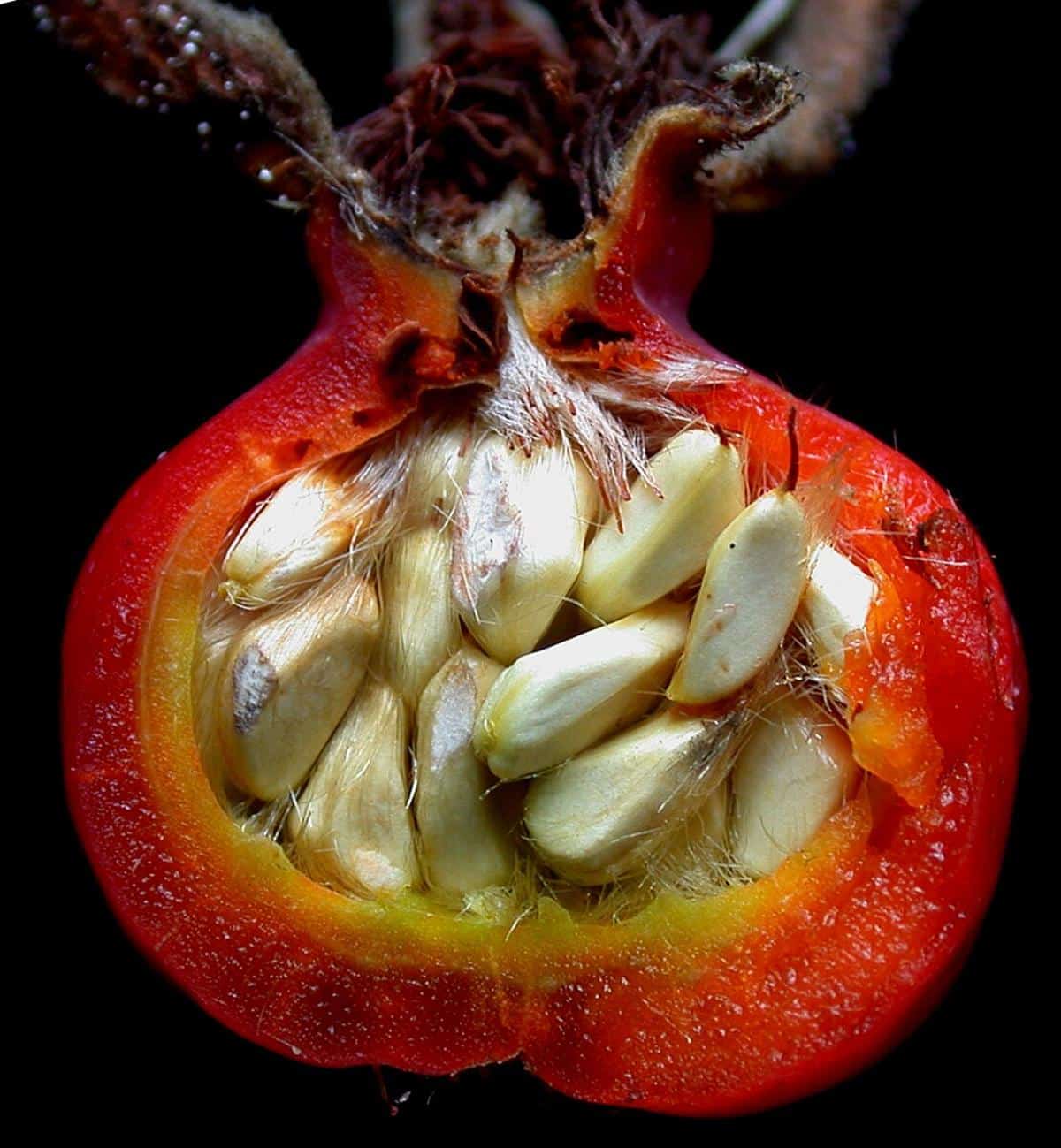
In fall, rugosas yield bucketfuls of rose hips. Hips are good for you! They contain more vitamin C than oranges, have high levels of antioxidants, and could potentially help with illnesses such as diabetes, arthritis, osteoporosis, and skin issues.
For best results, gather rose hips in the fall when they turn bright red or orange and are slightly soft to the touch. Wash them well, dry them off, then lay them flat on a cookie sheet and freeze them to soften them up and bring out the sweetness of the fruits. A few weeks or months later, thaw them and process them for jelly and jam, sweet syrup, or dried for fragrant tea.
Rugosa roses are a great addition to the edible landscape due to their plentiful, fragrant roses, their wrinkled, disease-resistant foliage, and their long-lasting rose hips that festoon the plant until late in winter.
More Edible Gardening and Landscaping:
- 16+ Best Heirloom Vegetables for Edible Landscapes
- 7 Small Fruit Trees to Beautify Your Landscape
- 12 Best Ornamental Food Plants for Edible Gardens
- How to Forage and Harvest Rose Hips
- The Ultimate Guide to Planting a Food Forest
- 12 Table Grape Varieties to Grow for Fresh Eating
- 16 Perennial Vegetables and Fruits Every Garden Needs

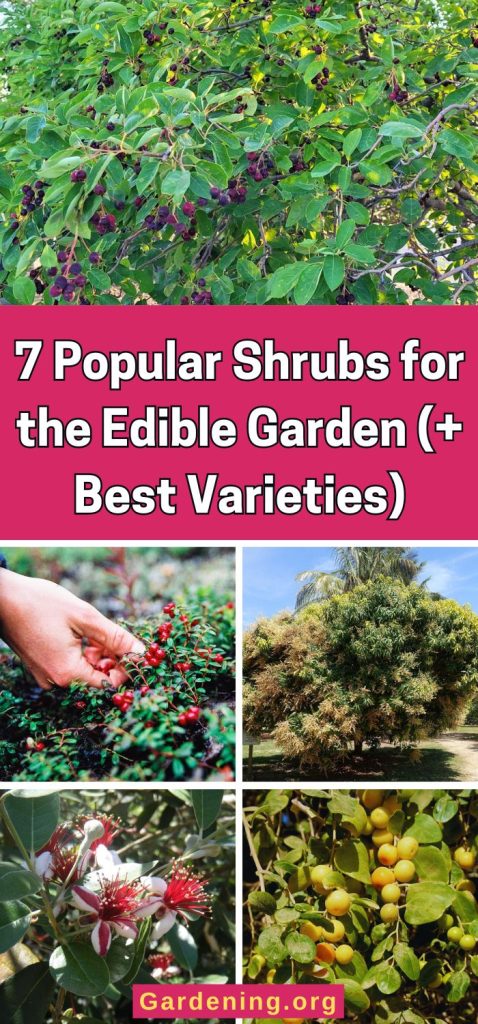
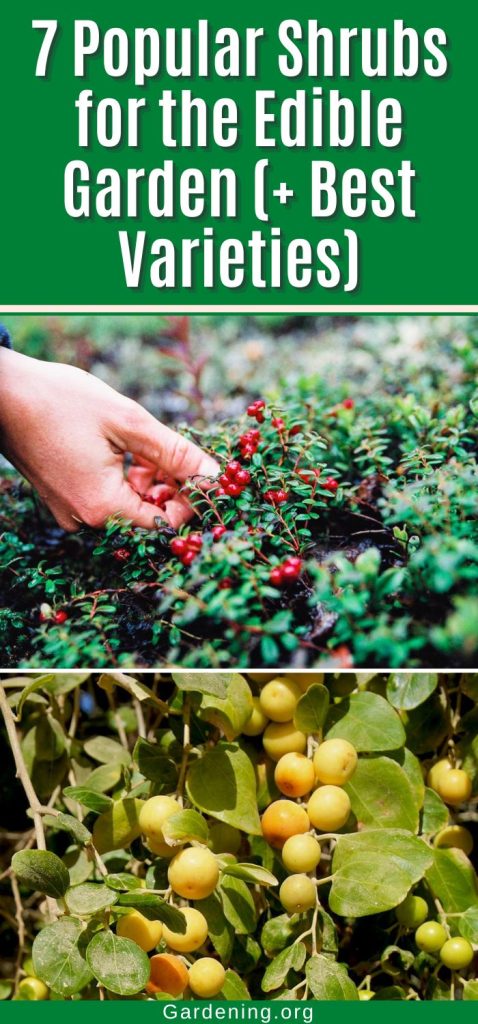
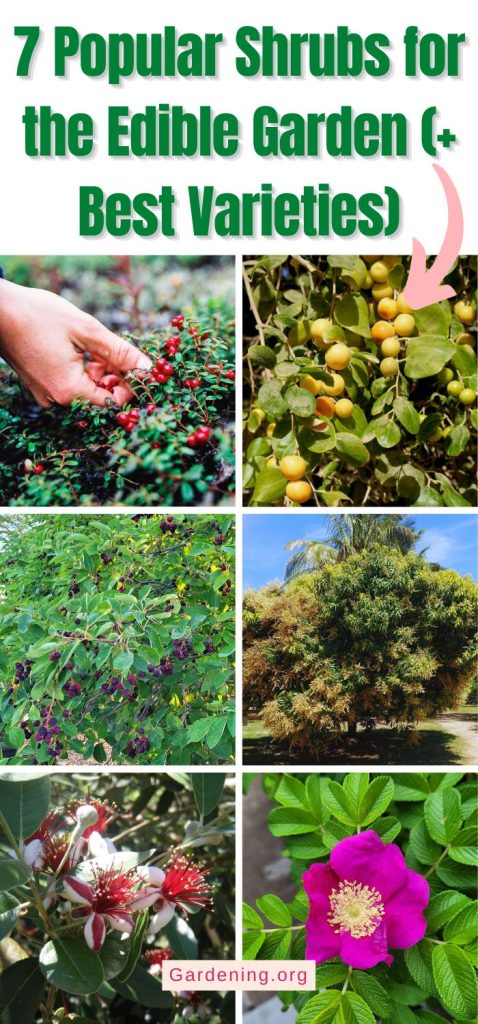
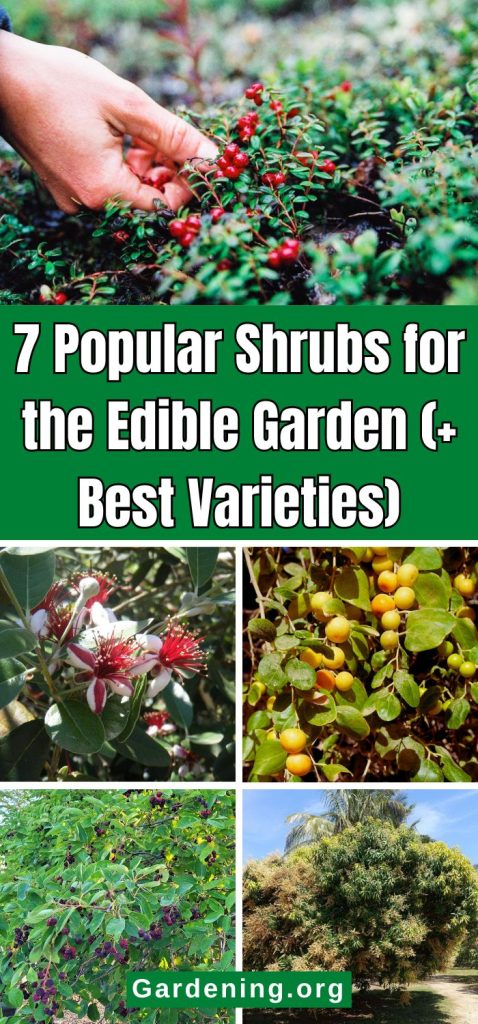
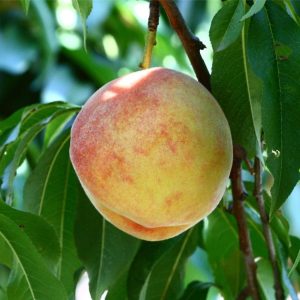
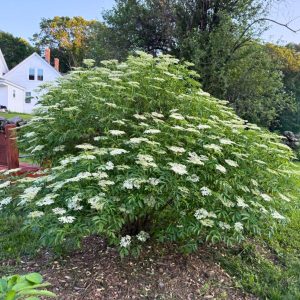
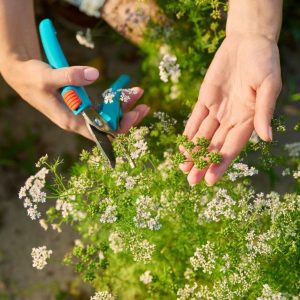
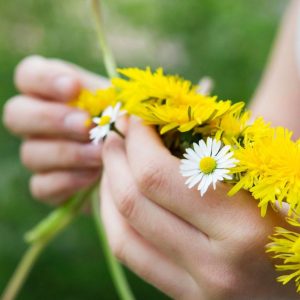
Leave a Reply